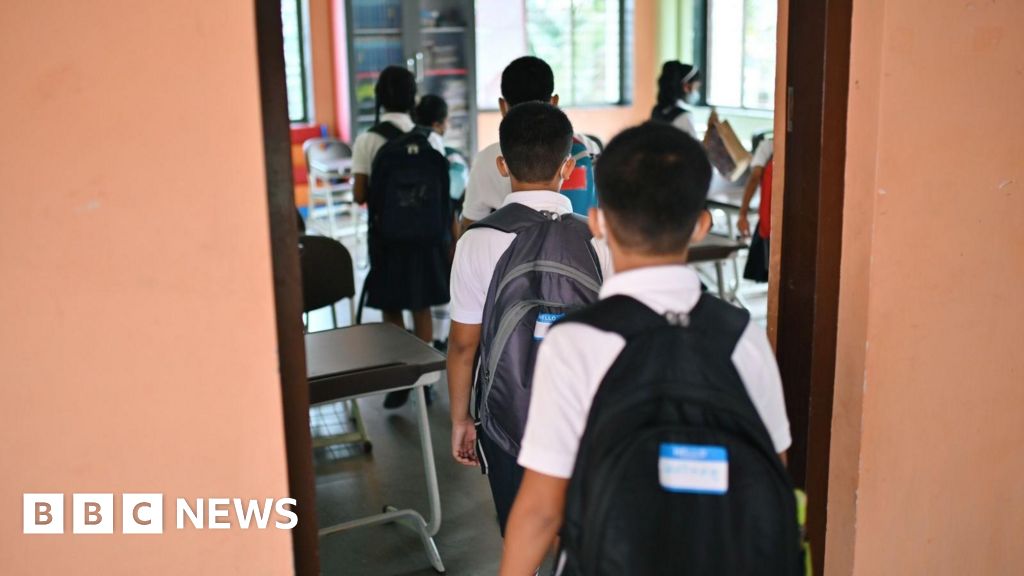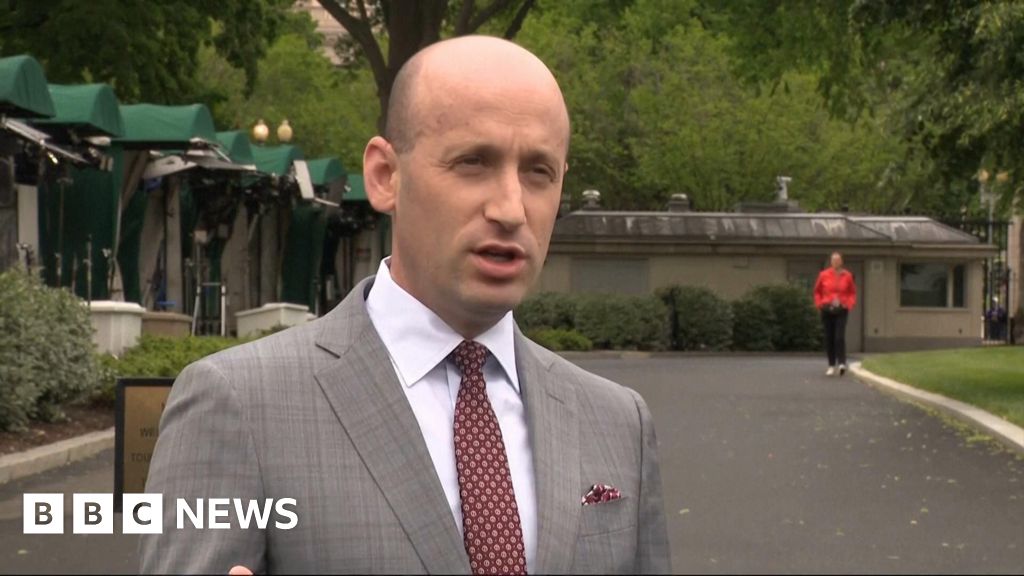Researchers have developed an innovative dual-receptor T-cell therapy that promises safer and more effective cancer treatments. This study, published in Cell, demonstrates that engineering T-cells to express both a Chimeric Antigen Receptor (CAR) and a T-cell Receptor (TCR) can improve their ability to distinguish between cancerous and healthy tissues—addressing a major challenge in current immunotherapy.
Treatments involving the use of the body’s immune system to fight cancer have led to significant improvements in patient survival in recent years, particularly using a method called CAR T-cell therapy. This treatment involves extracting a patient’s own T-cells and modifying them in a lab to express a special receptor called a Chimeric antigen receptor (CAR) that recognizes a tumor protein. These are then reinfused back into the patient, where they can find and destroy cancer cells.
However, while CAR T-cells have shown great promise for the treatment of blood cancers, they have struggled to effectively target solid tumors. CARs are unable to easily distinguish tumor cells from healthy cells that have the same target protein, which is a major issue when treating solid tumors, as the healthy tissue surrounding a solid cancer is often critical for survival but expresses similar proteins to the tumors themselves.
In contrast, natural T-cells with T-cell receptors (TCRs) are better able to discriminate between tumor cells and healthy cells. However, TCR-based therapies often suffer from limited effectiveness against tumors.
Researchers at the Kennedy Institute of Rheumatology at the University of Oxford, in collaboration with the National Cancer Institute (NCI) and the University of Montréal, therefore set out to combine these approaches to overcome these limitations.
Sooraj Achar, an NIH/Oxford graduate student at the Kennedy Institute, and Dr. Taisuke Kondo, a postdoctoral research fellow at NCI, worked together to create cells expressing both a TCR and a CAR. They characterized their responses to hundreds of ligand combinations using both the high-throughput IMMUNOtron robotic platform and animal models. Surprisingly, the data they collected suggested that weak TCR signals inhibited CAR activity.
Francois Bourassa, a graduate student at the University of Montréal, developed a mathematical model of inter-receptor crosstalk mediated by shared inhibitory signaling molecules to explain this unexpected phenomenon. Further experiments performed at the Kennedy Institute using high-resolution microscopy confirmed proximity between the two types of receptors during joint stimulation, helping to validate this model.
The researchers then combined these insights to develop a new CAR T system called the Antagonism-Enforced Braking System (AEBS) CAR T cell. It works by adding a TCR onto CAR-T cells that are weakly stimulated (and therefore inhibited) by proteins on healthy tissues, to “brake” unwanted CAR T-cell activity against these crucial cells. When the same TCR recognizes mutated versions of these proteins in cancer cells, however, it responds strongly, “accelerating” CAR T cell activity against tumors.
This approach allows AEBS CAR T cells to be less aggressive towards healthy cells while increasing their efficacy against tumors.
Dr. Gregoire Altan-Bonnet, deputy chief of the Laboratory of Integrative Cancer Immunology at the NCI, said, “By improving the ability of these engineered T-cells to differentiate between cancerous and healthy cells, our study paves the way for better outcomes in immunotherapy.”
Professor Michael Dustin, Kennedy Trust Professor of Molecular Immunology at the Kennedy Institute, added, “Future work at the Kennedy Institute will focus on enhancing the amount of crosstalk between receptors through analysis of AEBS CAR T cell immunological synapses, potentially allowing for the generation of even safer and more effective forms of cancer immunotherapy in the years to come.”
More information:
Taisuke Kondo et al, Engineering TCR-controlled fuzzy logic into CAR T cells enhances therapeutic specificity, Cell (2025). DOI: 10.1016/j.cell.2025.03.017
Citation:
Engineered T-cells that express both CARs and TCRs can better distinguish between cancerous and healthy tissues (2025, May 10)
retrieved 10 May 2025
from
This document is subject to copyright. Apart from any fair dealing for the purpose of private study or research, no
part may be reproduced without the written permission. The content is provided for information purposes only.


















